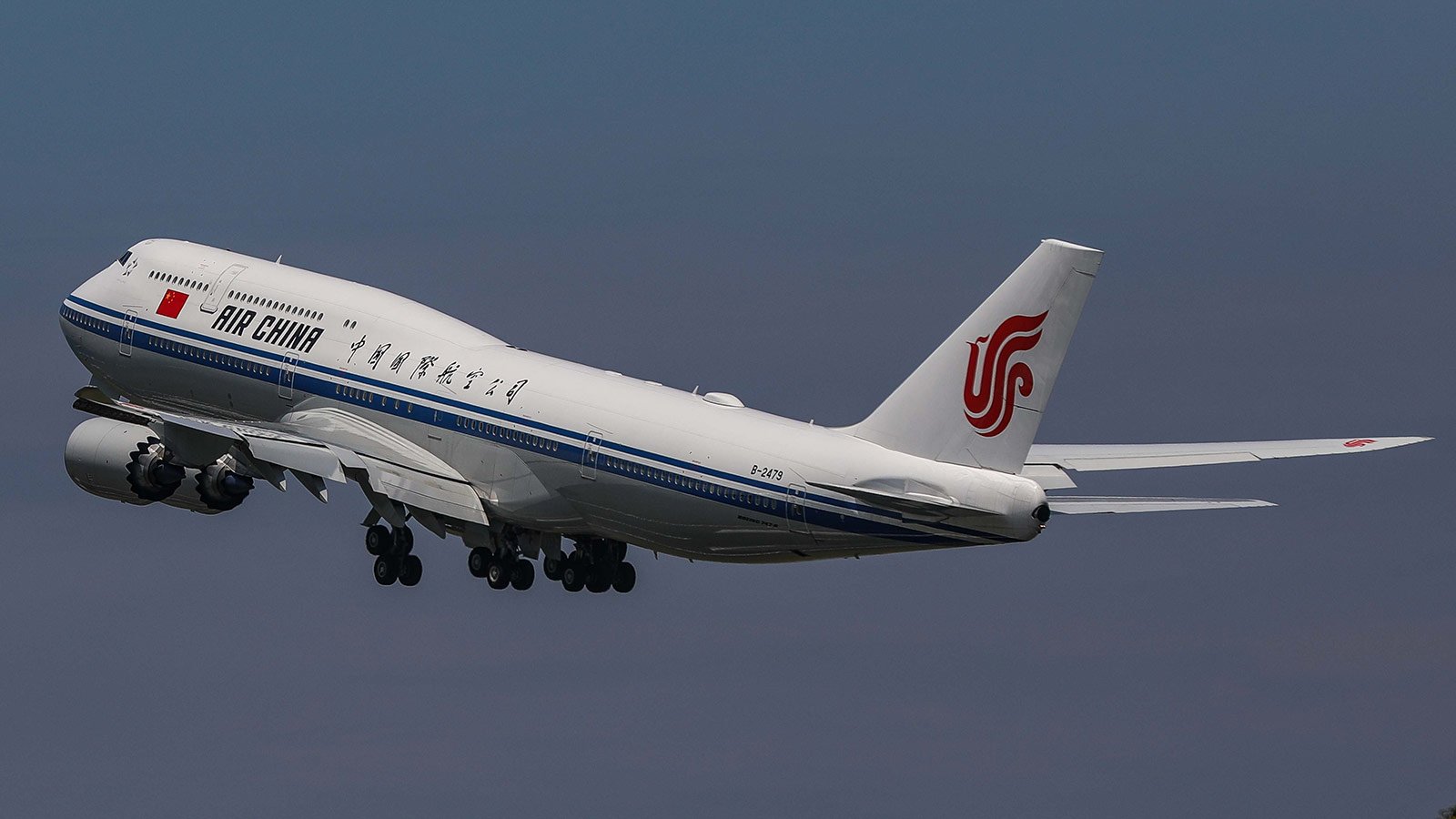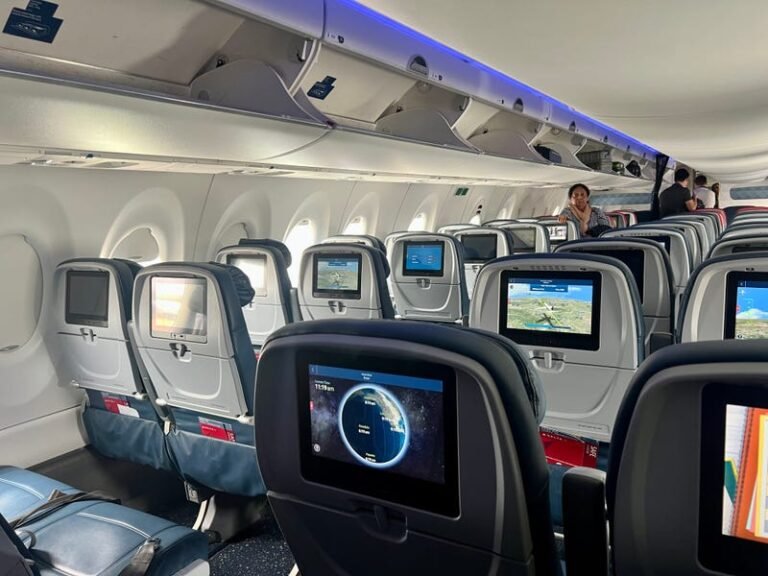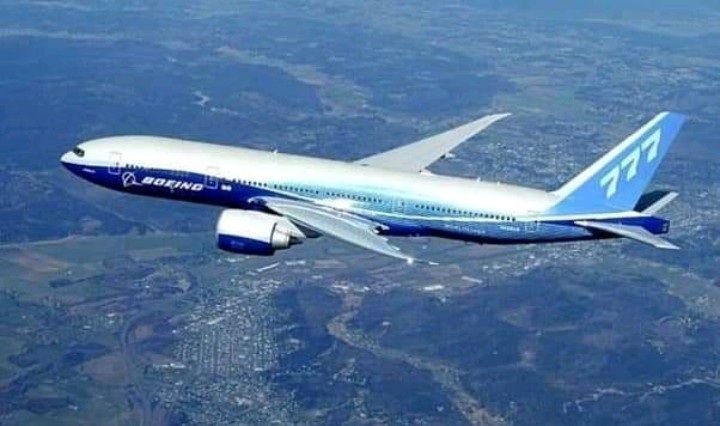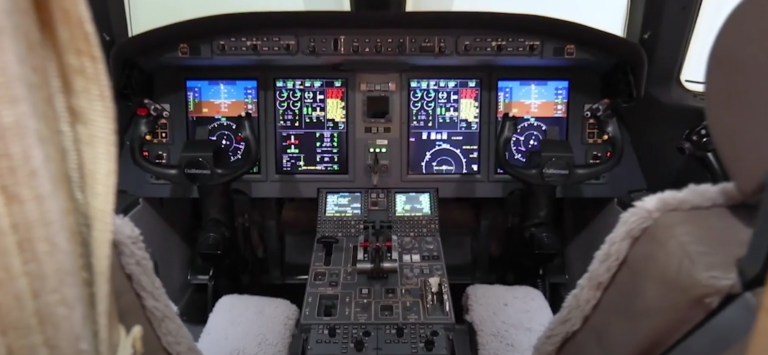How Much Energy Does It Take to Fly a Plane
Flying a plane consumes significant energy, with fuel use depending on factors like aircraft size, distance, and speed. Large planes can burn thousands of gallons per flight.
The energy needed to fly a plane depends on many factors. These include the plane’s size, weight, and flight distance. Understanding this energy consumption is crucial for both the aviation industry and the environment. Airplanes require a significant amount of fuel to operate.
The type of fuel used can impact energy efficiency. For instance, commercial jets usually burn jet fuel, while smaller planes might use aviation gasoline. Fuel consumption rates also vary depending on the aircraft’s speed and altitude. As the aviation industry grows, knowing how much energy is used becomes important. This helps in finding ways to make flights more efficient and eco-friendly. Dive in to learn more about the factors that determine a plane’s energy needs.
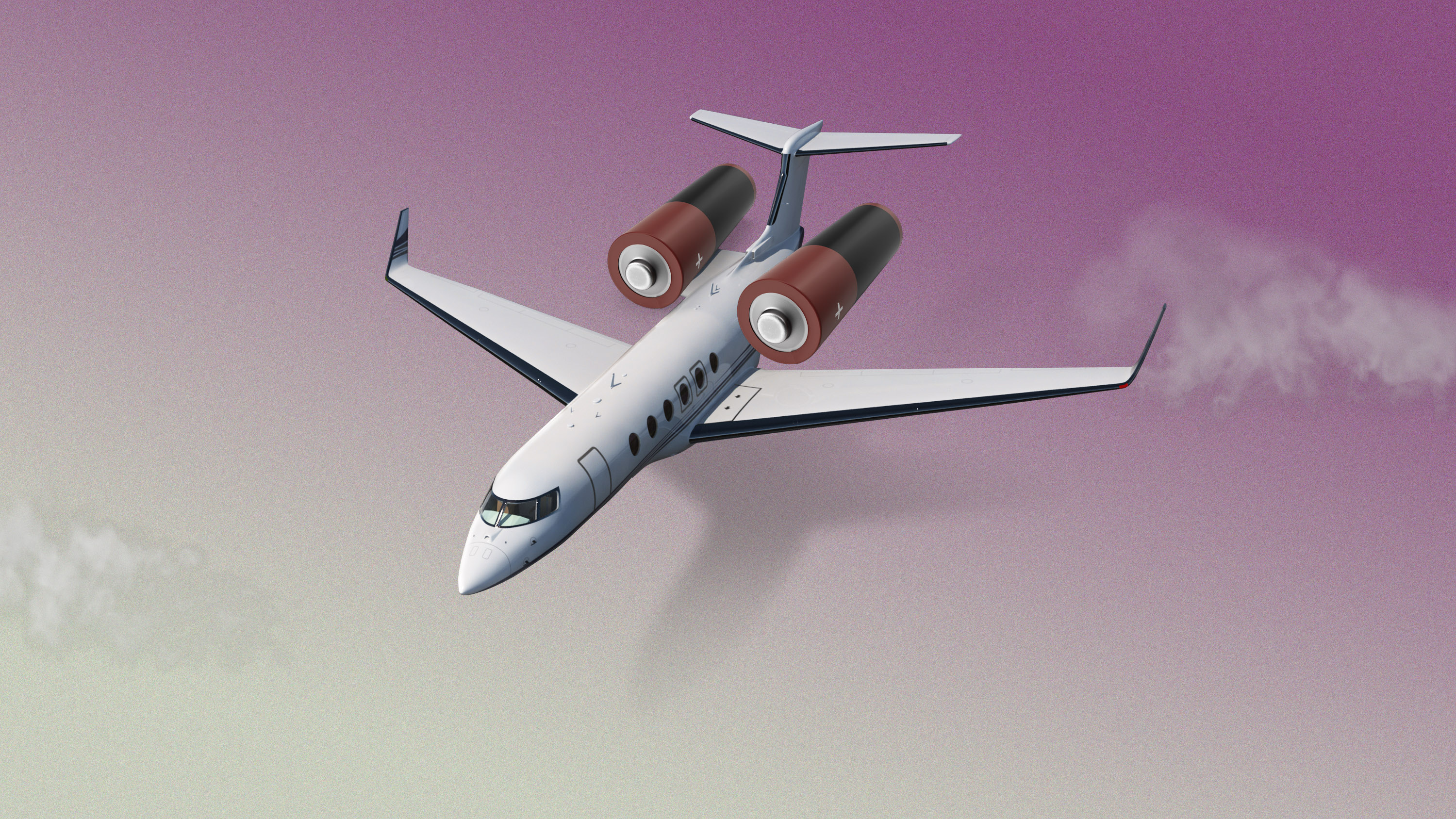
Credit: www.technologyreview.com
Introduction To Aviation Energy Consumption
Flying a plane requires a significant amount of energy. Understanding aviation energy consumption is crucial for several reasons. It helps in designing more efficient aircraft and reducing environmental impact. Let’s explore why energy is essential in aviation and how its usage has evolved over time.
Importance Of Energy In Aviation
Energy is vital for every aspect of flying. From takeoff to landing, planes need energy to operate engines, manage systems, and ensure passenger comfort. Efficient energy use ensures safe flights and reduces costs. It also helps in minimizing the carbon footprint of air travel.
Brief History Of Aviation And Energy Use
The history of aviation is rich and fascinating. Early planes used simple engines with limited power. Over time, advancements led to more powerful and efficient engines. Jet engines revolutionized air travel by providing greater speed and range. Today, modern aircraft use sophisticated systems to optimize energy consumption.
Aviation has always pushed the boundaries of energy use. The quest for efficiency continues with innovations like electric and hybrid aircraft. These technologies aim to reduce fuel consumption and emissions, making flying more sustainable.
Types Of Energy Used In Aviation
Flying a plane requires a significant amount of energy. The type of energy used can impact efficiency, cost, and environmental footprint. This section explores the different types of energy used in aviation.
Fossil Fuels
Most commercial planes use fossil fuels. Jet fuel, a type of kerosene, is the primary fuel. Jet fuel is derived from crude oil. It is refined to meet aviation standards. Fossil fuels provide a high energy density, which is crucial for long flights.
- Jet Fuel: Most common, used in commercial airlines.
- Aviation Gasoline (AvGas): Used in smaller aircraft and private planes.
Fossil fuels are reliable and widely available. They power the majority of flights today. Yet, they contribute to carbon emissions.
Alternative Energy Sources
There is growing interest in alternative energy sources. These options aim to reduce the aviation industry’s carbon footprint.
| Energy Source | Key Features |
|---|---|
| Biofuels | Derived from plants, less carbon emissions. |
| Electric | Batteries power electric planes, zero emissions. |
| Hydrogen | Produces water vapor, clean alternative. |
Biofuels are made from renewable resources. They can be blended with jet fuel. This reduces carbon emissions. Electric planes use batteries to power engines. They are ideal for short flights. Hydrogen fuel produces only water vapor. It offers a clean energy solution.
Adoption of these alternatives is increasing. They promise a more sustainable future for aviation.
Factors Influencing Energy Consumption
The energy needed to fly a plane depends on many factors. These include the aircraft design and the flight distance and duration. Each factor plays a key role in determining how much fuel an airplane uses. Understanding these can help improve efficiency and reduce costs.
Aircraft Design
The design of an aircraft greatly affects its energy consumption. Lighter planes use less energy. Modern materials and designs help reduce weight. For example, carbon fiber is lighter than traditional metals. This means planes need less fuel to fly the same distance.
Wing shape also matters. Wings that reduce drag make a plane more fuel-efficient. Engineers design wings to cut through the air smoothly. This helps the plane use less energy.
| Design Factor | Impact on Energy |
|---|---|
| Weight | Lighter planes use less fuel |
| Materials | Modern materials like carbon fiber reduce weight |
| Wing Shape | Efficient wings reduce drag |
Flight Distance And Duration
The distance and duration of a flight also impact energy use. Longer flights often mean more fuel. But, they can also be more efficient. Planes burn a lot of fuel during takeoff and landing. Once in the air, they use less energy.
Direct routes save fuel too. Fewer turns and less air traffic reduce energy consumption. Airlines plan routes carefully to save time and fuel.
- Longer flights can be more efficient
- Takeoff and landing use the most fuel
- Direct routes save fuel
Measuring Energy Use In Aviation
Understanding how much energy it takes to fly a plane is complex. It involves various factors, from fuel type to distance flown. Measuring this energy helps improve efficiency and reduce environmental impact.
Units Of Measurement
Several units measure energy use in aviation. The most common is gallons of fuel. Other units include British Thermal Units (BTUs) and kilowatt-hours (kWh). These units help compare energy use across different types of flights and aircraft.
- Gallons of Fuel: Measures the volume of fuel used.
- BTUs: Measures the heat content of the fuel.
- kWh: Measures electrical energy used, often in electric aircraft.
Tools And Methods
Various tools and methods track energy use in aviation. Aircraft often have fuel flow meters. These devices measure the rate at which fuel is consumed. Pilots and engineers use this data to optimize flight paths and reduce fuel consumption.
Another method is flight data monitoring (FDM). FDM systems collect data from many sensors on the aircraft. This data includes speed, altitude, and fuel consumption. Analyzing this data helps identify trends and improve efficiency.
New technologies, like electric aircraft, introduce new methods of measuring energy. These aircraft use batteries and electric motors. Energy use is measured in kWh, rather than gallons of fuel.
| Tool | Measurement |
|---|---|
| Fuel Flow Meters | Gallons per Hour |
| Flight Data Monitoring | Various Metrics |
| Electric Aircraft Systems | kWh |
Understanding these units and tools helps improve aviation energy efficiency. It also helps reduce the environmental impact of flying.
Case Studies Of Energy Consumption
Understanding the energy consumption of airplanes can help us appreciate the resources involved in air travel. In this section, we will examine specific case studies involving commercial flights and private jets. By looking at these examples, we can see the differences in energy usage between various types of aircraft.
Commercial Flights
Commercial flights are a major part of global transportation. They move millions of passengers each year. But how much energy do they use?
Let’s take the Boeing 737 as an example. The Boeing 737 is a popular commercial aircraft. It consumes about 5,000 pounds of jet fuel per hour. That translates to around 750 gallons of fuel per hour. Given that jet fuel has an energy density of about 35 megajoules per liter, we can calculate the energy consumption.
| Aircraft | Fuel Consumption per Hour | Energy Consumption |
|---|---|---|
| Boeing 737 | 750 gallons | 99,225 megajoules |
Clearly, commercial flights use a significant amount of energy. This consumption is necessary to transport a large number of passengers efficiently.
Private Jets
Private jets offer a different perspective on energy consumption. These aircraft are smaller and often carry fewer passengers. But they still use a considerable amount of energy.
Consider the Gulfstream G650. It is a high-performance private jet. It burns about 500 gallons of jet fuel per hour. Using the same energy density for jet fuel, we can calculate its energy consumption.
| Aircraft | Fuel Consumption per Hour | Energy Consumption |
|---|---|---|
| Gulfstream G650 | 500 gallons | 66,150 megajoules |
While private jets consume less fuel per hour compared to commercial planes, they often carry fewer passengers. Thus, the energy consumption per passenger can be higher in private jets.
Both commercial flights and private jets play vital roles in air travel. Understanding their energy consumption helps us appreciate the complexity of aviation and the resources required to keep us flying.
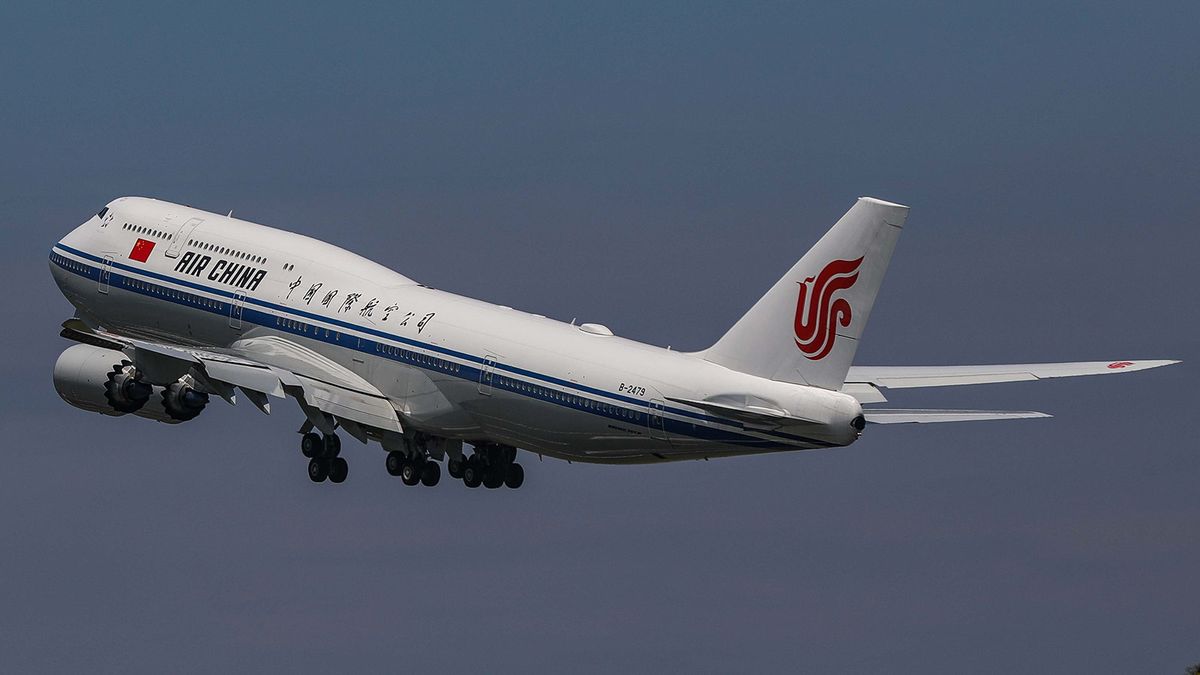
Credit: science.howstuffworks.com
Environmental Impact Of Aviation Energy Use
The environmental impact of aviation energy use is a critical issue. Planes consume a lot of fuel, leading to significant carbon emissions. They also contribute to noise pollution, affecting communities near airports.
Carbon Emissions
Aviation is a major source of carbon emissions. Planes burn large amounts of fossil fuels. This releases carbon dioxide (CO2) into the atmosphere. CO2 is a greenhouse gas. It traps heat and contributes to global warming.
Here are some key points:
- Commercial aviation accounts for about 2-3% of global CO2 emissions.
- A single long-haul flight can produce more CO2 than a car does in a year.
- Efforts to reduce emissions include developing more fuel-efficient engines and using sustainable aviation fuels.
Noise Pollution
Noise pollution is another environmental impact of aviation. Airplanes generate a lot of noise during takeoff and landing. This affects people living near airports. It can lead to health issues like stress and hearing loss.
Consider these points:
- Noise levels from aircraft can reach up to 140 decibels.
- Noise pollution regulations aim to limit the impact on communities.
- Newer aircraft designs are quieter, but noise remains a concern.
Innovations In Reducing Energy Use
Innovations in reducing energy use in aviation are crucial. They can significantly cut fuel costs and minimize environmental impact. From fuel-efficient technologies to sustainable practices, the industry is evolving. These advancements are making air travel more energy-efficient and eco-friendly.
Fuel-efficient Technologies
Modern planes use advanced materials to reduce weight. Lighter planes require less fuel. Composite materials like carbon fiber are common. They are strong yet lightweight.
New engine designs also help. Turbofan engines are more efficient. They use less fuel and produce fewer emissions. The use of winglets is another innovation. Winglets reduce drag and improve aerodynamics.
Here is a table showing the impact of these technologies:
| Technology | Benefit |
|---|---|
| Carbon Fiber Materials | Reduces weight by up to 20% |
| Turbofan Engines | Improves fuel efficiency by 15% |
| Winglets | Reduces drag, saving up to 5% fuel |
Sustainable Practices
Airlines are adopting sustainable practices to reduce energy use. Using biofuels is one method. Biofuels are made from renewable sources. They can cut carbon emissions by up to 80%.
Efficient flight paths are another practice. Optimizing routes can save fuel. Airlines use advanced software for this. Reducing taxiing time on the ground also helps. Shorter taxiing reduces fuel burn.
Here are some sustainable practices:
- Using biofuels
- Optimizing flight routes
- Reducing taxiing time
These practices not only save energy but also protect the environment.
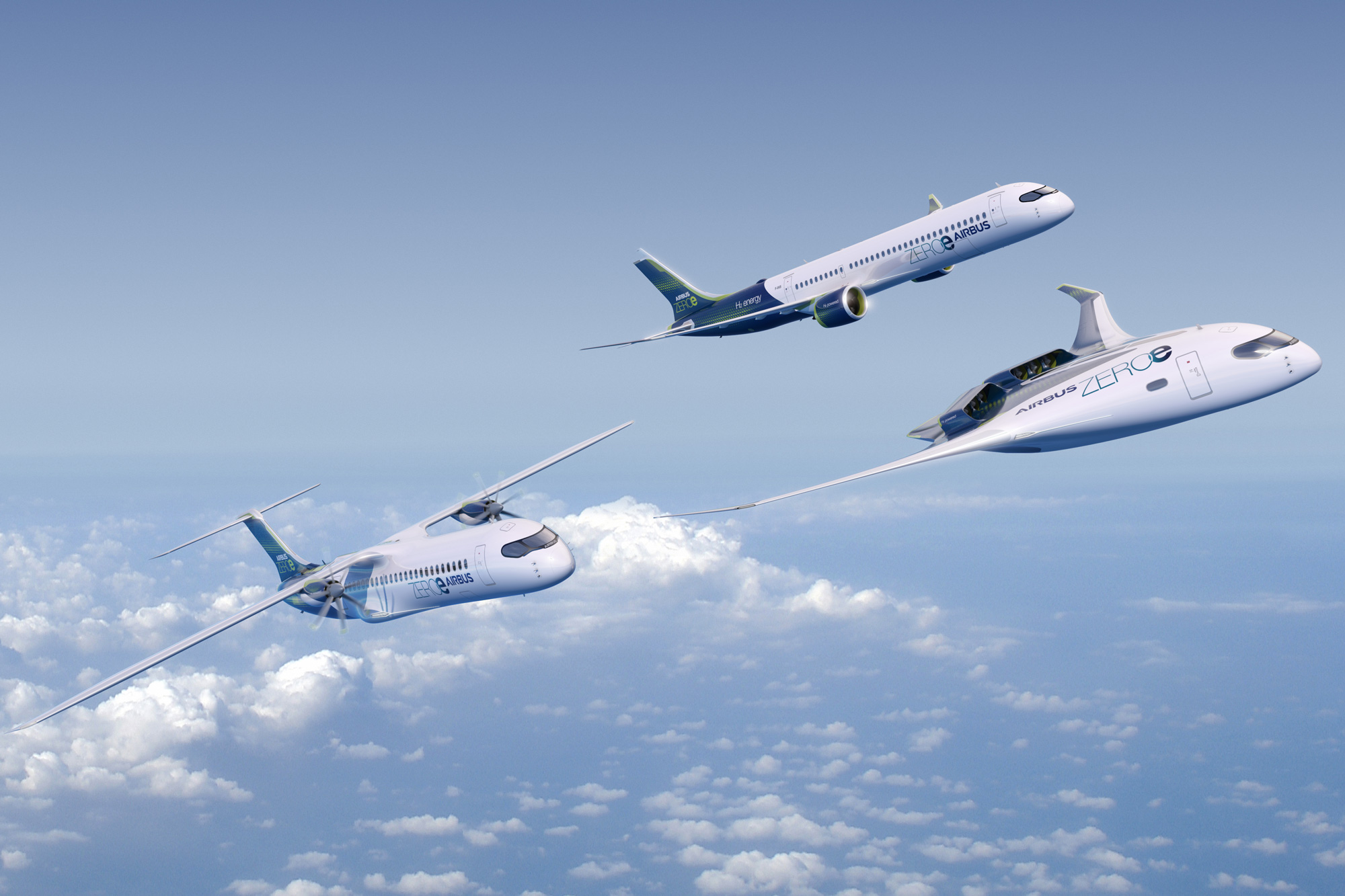
Credit: news.mit.edu
Future Of Aviation Energy Use
The aviation industry is evolving. The focus is on reducing energy consumption and environmental impact. This shift is driven by a need for sustainable practices. Innovations in technology and policy changes are key players. Let’s explore the trends, predictions, and roles of policy and regulation in shaping the future of aviation energy use.
Trends And Predictions
Current trends indicate a movement towards greener aviation. Electric and hybrid planes are becoming more common. These planes use less fuel and produce fewer emissions. Another trend is the development of sustainable aviation fuels (SAF). SAFs are made from renewable resources and have a lower carbon footprint.
Here are some predictions for the future:
- Electric planes will dominate short-haul flights.
- Hybrid planes will be common for medium-haul flights.
- SAFs will significantly reduce carbon emissions.
- Advanced aerodynamics will improve fuel efficiency.
These trends and predictions show a clear path towards a more sustainable aviation industry.
Role Of Policy And Regulation
Government policies and regulations play a crucial role. They set standards and guidelines for energy use and emissions. Incentives for using sustainable fuels and technologies are also provided. These measures encourage airlines to adopt greener practices.
Here are some key policy areas:
- Emission standards: Limits on CO2 and other pollutants.
- Fuel efficiency: Requirements for more efficient aircraft.
- Incentives: Tax breaks for using sustainable fuels.
- Research funding: Support for developing new technologies.
These policies and regulations ensure the aviation industry moves towards sustainability.
In summary, the future of aviation energy use is promising. With trends towards electric and hybrid planes, and strong policy support, the industry is on a path to sustainability. These changes will reduce energy consumption and help protect our environment.
Frequently Asked Questions
How Much Fuel Does A Plane Use Per Hour?
The fuel consumption varies by aircraft type. A commercial jet uses about 5,000 pounds per hour. Smaller planes use less fuel.
What Affects A Plane’s Energy Consumption?
Several factors affect energy consumption. These include aircraft weight, speed, altitude, and weather conditions. Efficient engines also play a role.
How Is Aviation Fuel Efficiency Measured?
Fuel efficiency is measured in miles per gallon (MPG) per seat. It indicates how much fuel is used per passenger mile.
Why Do Larger Planes Use More Energy?
Larger planes are heavier and require more thrust. This results in higher fuel consumption. However, they are more efficient per passenger.
Conclusion
Flying a plane requires significant energy. Fuel consumption varies by aircraft type and route. Efficiency improvements continue, aiming to reduce energy needs. Pilots and airlines adopt best practices to save fuel. Understanding energy use helps us appreciate aviation’s impact. It also motivates support for sustainable flying options.
Next time you board a plane, think about the energy involved. Consider ways to make your travel greener. Small changes can contribute to a more sustainable future.

